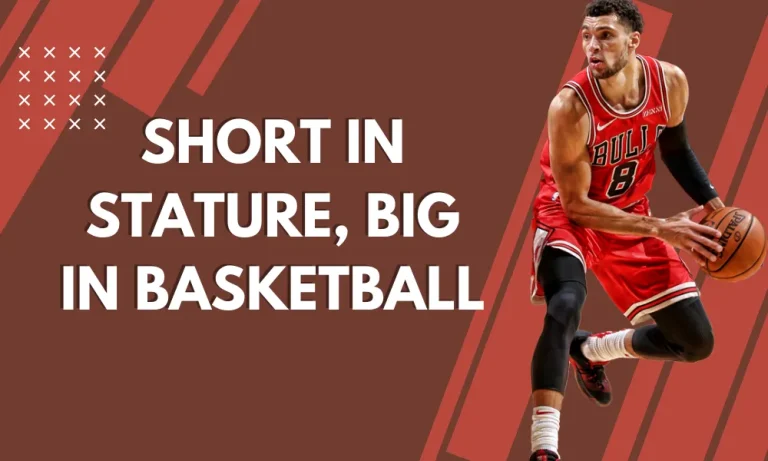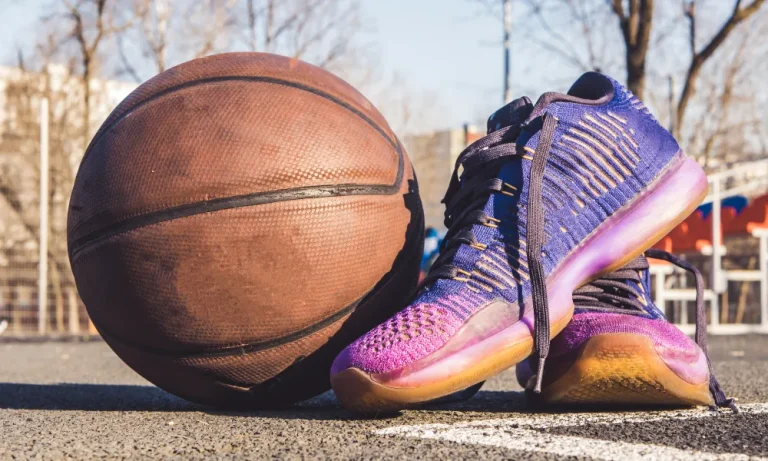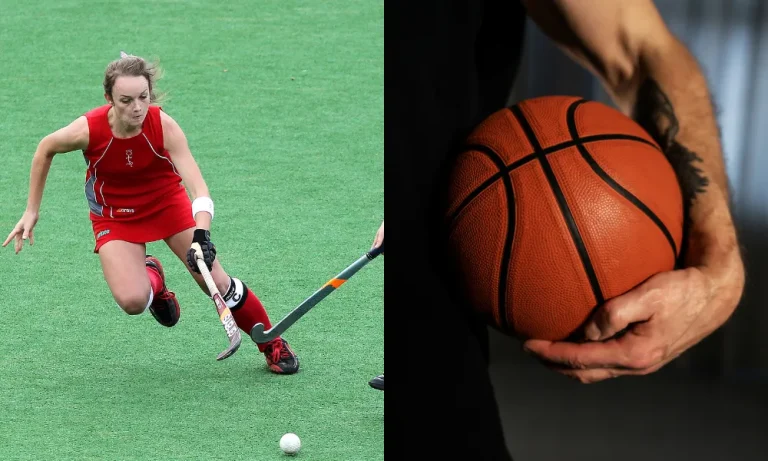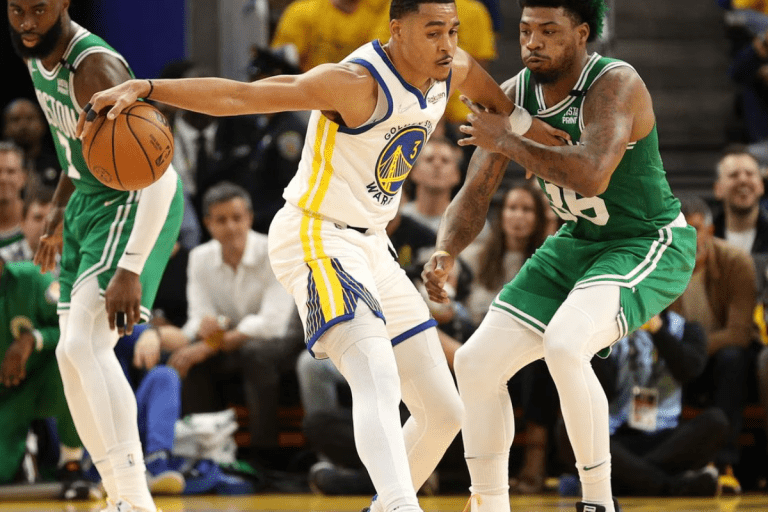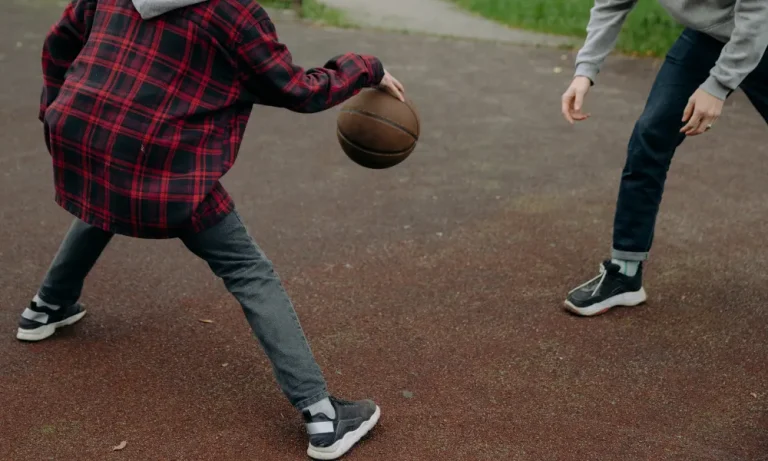How Long Does a High School Basketball Game Usually Last?
I remember the first time I stepped into a packed gymnasium, eagerly awaiting the start of a thrilling match-up between rival schools. The energy was palpable as we all wondered how much time would be spent on the court.
Sometimes, if two teams are evenly matched and tied at the end of regulation playtime, they’ll go into overtime! Overtime periods give them additional chances to prove their skills and determine an ultimate winner.
Halftime Break
Have you ever wondered what happens during halftime in a high school basketball game? Well, let me take you behind the scenes and explain it all!
Purpose of Halftime Break
The halftime break serves multiple purposes that benefit both players and spectators alike. First and foremost, it provides an opportunity for players to catch their breath, rest, and rejuvenate before diving back into the intense action on the court.
During this brief intermission, coaches gather their teams together to discuss strategies, make adjustments, and address any issues encountered in the first half. They use this time to analyze their opponents’ tactics and develop countermeasures or reinforce successful plays.
Moreover, halftime acts as a psychological reset button. It allows players to regain focus, boost morale if they’re trailing behind, or maintain momentum if they’ve been dominating so far. This mental breather can significantly impact team performance in the second half of the game.
Duration of Halftime Break
Typically lasting around 10-15 minutes in high school basketball games, halftime provides enough time for everyone involved to regroup effectively without excessively prolonging the overall duration of the match. The exact length may vary slightly depending on league regulations or specific event circumstances.
Activities During Halftime
While some people might assume that nothing much happens during halftime except for athletes resting on benches or grabbing water bottles – there’s actually more going on!
Halftimes often feature entertainment performances such as cheerleading routines or dance teams showcasing their skills. These lively displays add excitement to keep fans engaged even during short breaks from gameplay.
Additionally, marching bands may take center stage with vibrant musical performances that uplift spirits and create a festive atmosphere within the gymnasium.
Fans also utilize this downtime to grab snacks from concession stands while discussing highlights from the first half with fellow spectators – sharing opinions about impressive shots made by star players or cheering on the team they support.
Fouls and Free Throws
Fouls and free throws can add an extra layer of excitement to high school basketball games, but they also have a significant impact on game time. Let’s explore how these elements influence the flow of the game!
Impact of Fouls on Game Time
When a foul occurs during gameplay, it results in stoppages and interrupts the natural rhythm of the game. The duration of these stoppages depends on various factors such as the severity of the foul, discussions between referees, or players’ reactions.
Once a foul is called by an official, play pauses momentarily while teams regroup for either free throw attempts or inbound passes. This process not only extends game time but also adds suspense as players aim to convert their free throws into points.
In some instances, fouls can lead to delays if there are disagreements or disputes regarding calls made by officials. These situations may require additional review or discussion among referees before resuming play – further extending the overall length of a high school basketball game.
Free Throw Attempts
When fouled during shooting plays or certain types of infractions like technical fouls, players are awarded free throw opportunities. Each successful free throw adds points to their team’s score without any direct interference from opponents.
The number of free throws awarded depends on different scenarios such as whether it was a two-point shot attempt (resulting in two potential free throws) or a three-point shot attempt (resulting in three potential free throws). Players must step up to the designated line and shoot with precision – making every second count!
It’s worth noting that deliberate fouling strategies employed by teams trailing behind may result in multiple intentional fouls near the endgame. This tactic aims to extend playing time through repeated stoppages caused by subsequent sets of free throw attempts.
Overtime Possibilities

High school basketball games can sometimes be so closely contested that they require additional time to determine a winner. Let’s dive into the scenarios that lead to overtime and how they affect the overall length of a game!
Scenarios Leading to Overtime
Overtime occurs when two teams are tied at the end of regulation playtime, usually consisting of four quarters. This thrilling situation arises when both teams have given their all, matching each other shot for shot until the final buzzer sounds.
In high school basketball, overtime is typically introduced during playoff games or crucial matchups where there needs to be a decisive outcome – no ties allowed! It adds an extra layer of intensity and excitement as players get another chance to showcase their skills and fight for victory.
How Overtime Affects Game Length
When a game enters overtime, additional periods are played until one team emerges victorious. Each overtime period usually lasts around four minutes, providing ample time for both teams to battle it out on equal terms.
It’s important to note that these extra periods contribute directly to extending the overall length of the game. Depending on how evenly matched and determined the competing teams are, multiple overtimes can occur – further prolonging spectators’ anticipation and enjoyment.
However, rest assured that once a clear winner emerges from this extended gameplay, everyone can celebrate the hard-fought victory or acknowledge defeat with sportsmanship.
Factors Affecting Game Length
The duration of a high school basketball game can vary due to several factors, both external and specific to certain leagues or states. Let’s explore these influences that can either extend or shorten the length of a game!
External Factors Impacting Game Length
One significant factor affecting game duration is television timeouts. In televised high school basketball games, broadcasters often schedule commercial breaks at strategic moments such as quarter breaks or during stoppages in play. These timeouts allow advertisers to reach their audience while also providing players with brief periods of rest.
Moreover, other external factors like halftime performances or special events within the game may slightly prolong its length. While these additions enhance the overall entertainment value for spectators, they contribute to extending the time spent on each match.
League-Specific Rules and State Regulations
Different leagues and states may have specific rules that influence timing in high school basketball games. some leagues may enforce shot clock regulations that limit how long teams can possess the ball without attempting a shot – speeding up gameplay and preventing excessive stalling tactics.
Additionally, state athletic associations might implement variations regarding overtime procedures or mercy rules designed to conclude lopsided matches early if one team holds an insurmountable lead over their opponents.
These league-specific rules aim to balance competitive fairness while ensuring timely completion of games – maintaining interest for both players and spectators alike.
It’s important for coaches, players, officials, and fans to familiarize themselves with any unique timing regulations applicable within their respective jurisdictions so they can adapt accordingly during gameplay.
frequently asked questions
1. What is the average duration of a high school basketball game?
The average duration of a high school basketball game typically ranges from 1 hour to 1 hour and 30 minutes. However, it’s important to note that actual times may vary depending on specific circumstances.
2. Do TV timeouts significantly affect the length of a high school basketball game?
Yes, TV timeouts can have an impact on the length of a high school basketball game. These scheduled commercial breaks during televised games add additional minutes to the overall duration as they provide rest periods for players while advertisers reach their audience.
3. Are there any league-specific rules that influence timing in high school basketball games?
Yes, different leagues may enforce certain timing regulations such as shot clock rules or variations in overtime procedures. These rules aim to maintain fairness and ensure the timely completion of games while keeping spectators engaged.
4. Can halftime performances or special events extend the length of a high school basketball game?
Yes, halftime performances or special events within the game can slightly prolong its duration. While these additions enhance entertainment value, they contribute to extending the time spent on each match.
5. How much does overtime impact the overall length of a high school basketball game? Overtime periods can significantly impact the overall length of a high school basketball game. Each overtime period lasts around four minutes, and if teams remain tied at the end of regulation playtime, multiple overtimes may occur – further extending gameplay and adding suspense until there is finally a winner.
Conclusion
High school basketball games usually last around 1 hour to 1 hour and 30 minutes. But hey, don’t set your watch by it! The actual time can vary depending on different factors like timeouts, TV breaks, and even unexpected events that spice up the game. So grab some snacks, get cozy in the bleachers, and enjoy every thrilling minute of the action-packed match!

